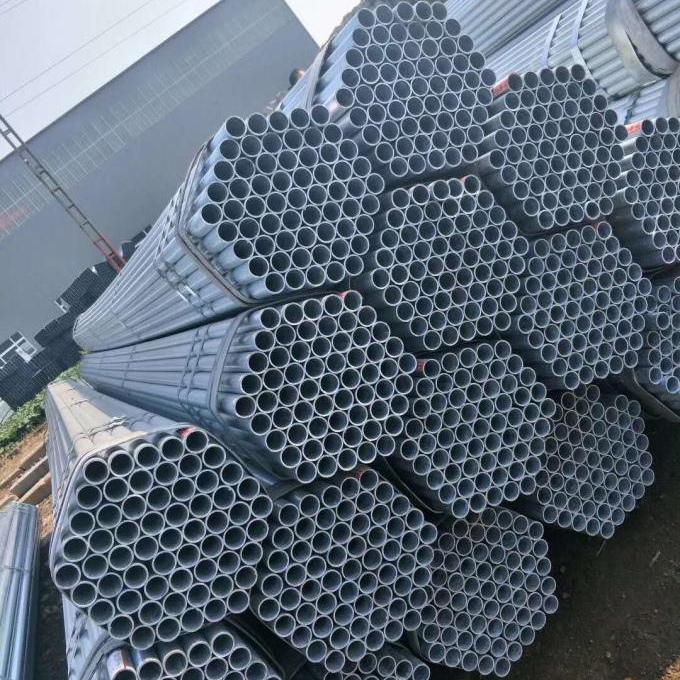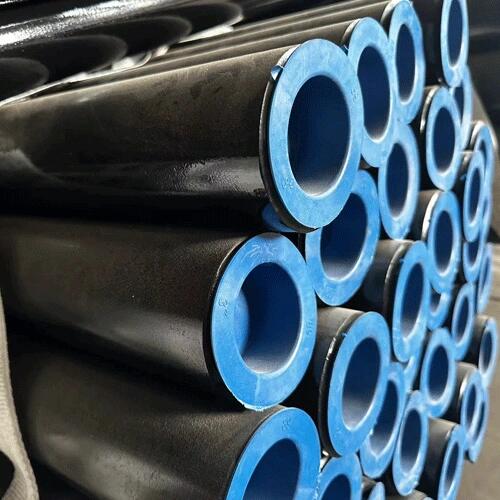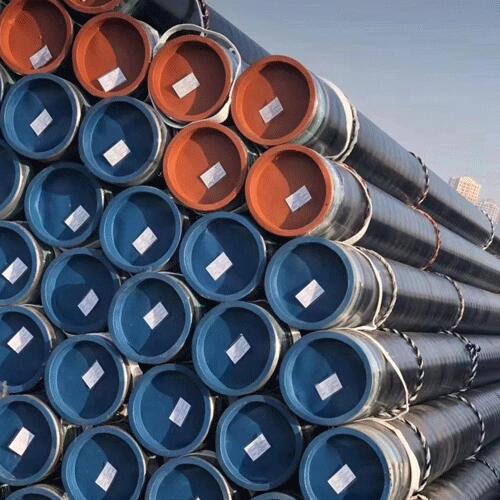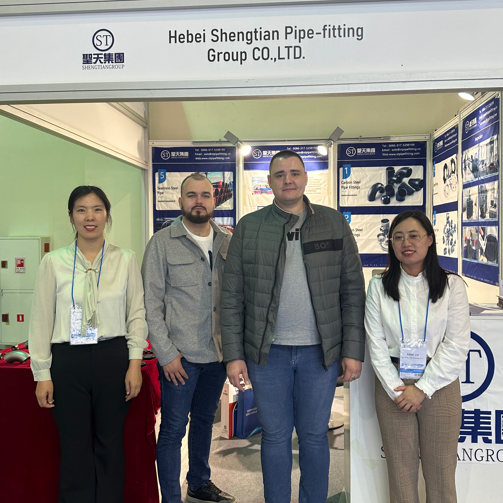Welded steel pipes are divided into two types: straight seam welded pipes and spiral welded pipes due to their different welding forms.
Because of their different end shapes, they are divided into round welded pipes and special-shaped (square, flat, etc.) welded pipes. Welded pipes are divided into the following varieties due to different materials and uses:
1. GB/T3091-1993 (galvanized welded steel pipe for low-pressure fluid transportation). Mainly used for pipelines transporting general lower pressure fluids such as water, gas, air, oil, heating hot water or steam. Its representative material is Q235A grade steel.
2. GB/T14291-1992 (Welded steel pipes for mining fluid transportation). It is main ly used for straight seam welded steel pipes for mine pressurization, drainage and shaft gas discharge. Its representative materials are Q235A and B grade steel . GB/T14980-1994 (Large-diameter electric welded steel pipe for low-pressure fluid transportation). Mainly used for transporting low-pressure fluids such as water, sewage, gas, air, heating steam, etc. Its representative material is Q235A grade steel.
3. GB/T12770-1991 (Stainless steel welded steel pipes for mechanical structures). Mainly used in machinery, automobiles, bicycles, furniture, hotel decoration and other mechanical parts and structural parts. Its representative materials include 0Cr13, 1Cr17, 00Cr19Ni11, 1Cr18Ni9, 0Cr18Ni11Nb, etc.
4. GB/T12771-1991 (Stainless steel welded steel pipes for fluid transportation). Mainly used to transport low-pressure corrosive media. Representative materials include 0Cr13, 0Cr19Ni9, 00Cr19Ni11, 00Cr17, 0Cr18Ni11Nb , 0017Cr17Ni14Mo2 , etc.
 How to apply hot dipped galvanized steel pipe?
How to apply hot dipped galvanized steel pipe?
 Why should Seamless steel pipes be epoxy powder coated?
Why should Seamless steel pipes be epoxy powder coated?
 ASTM A106 Thick-walled steel pipe production steps
ASTM A106 Thick-walled steel pipe production steps
 Shengtian Group successfully participated in the Russian Oil and Gas Exhibition
Shengtian Group successfully participated in the Russian Oil and Gas Exhibition